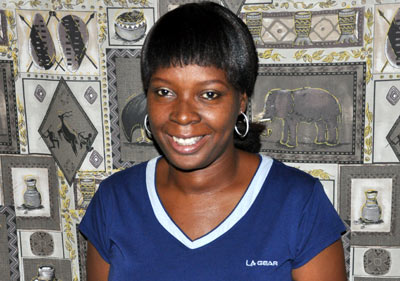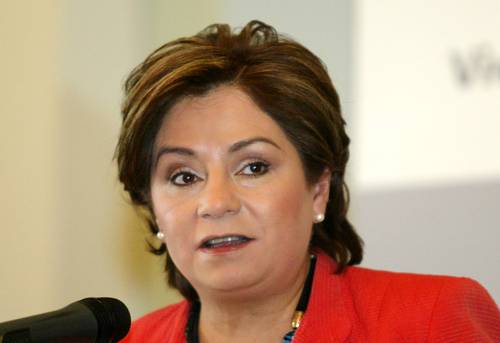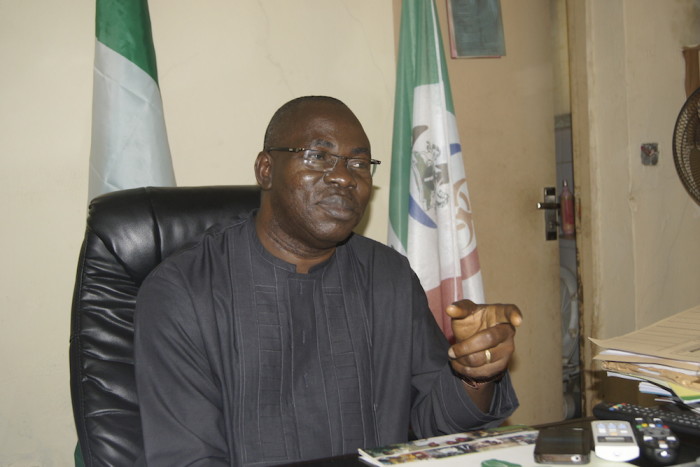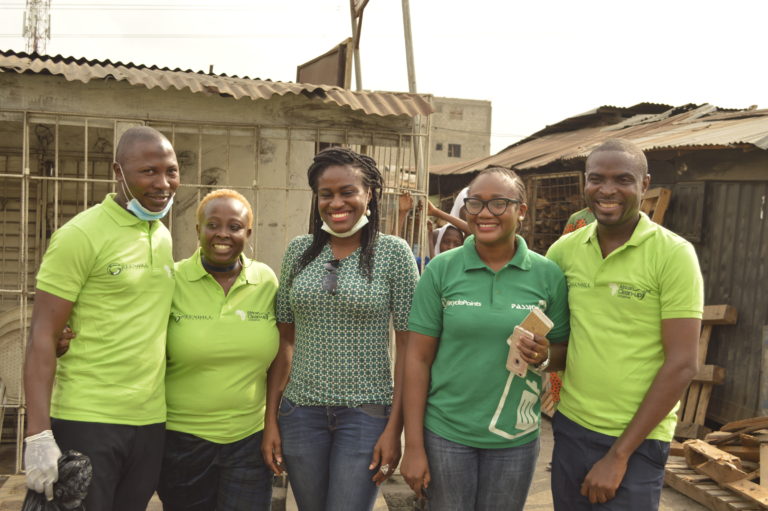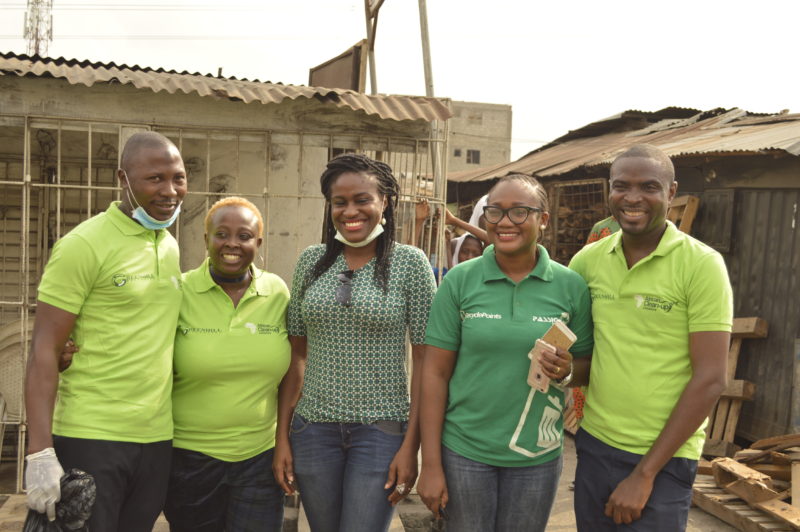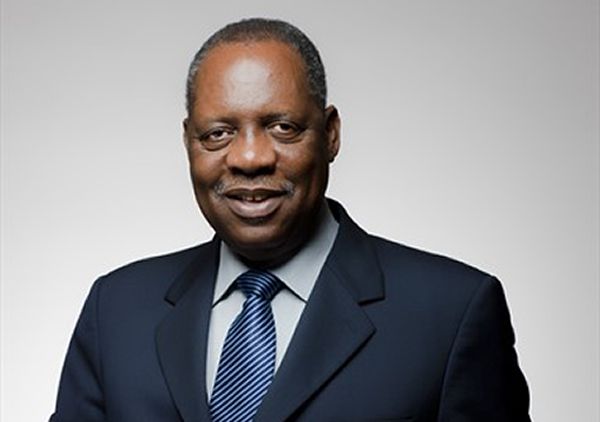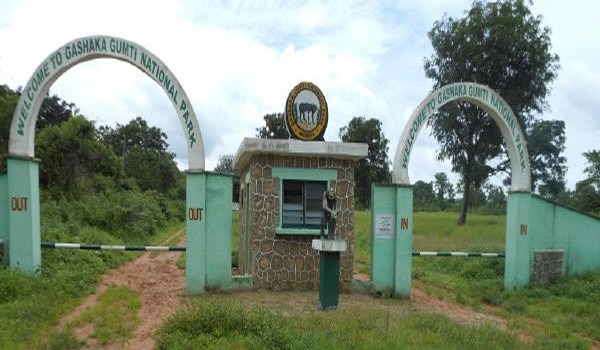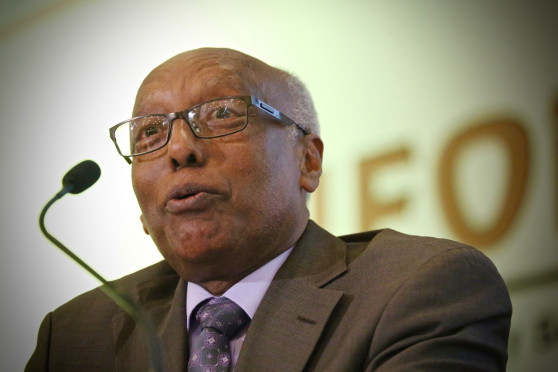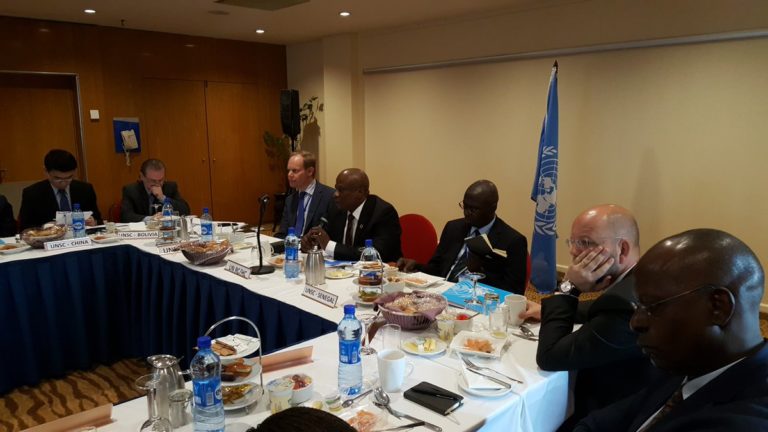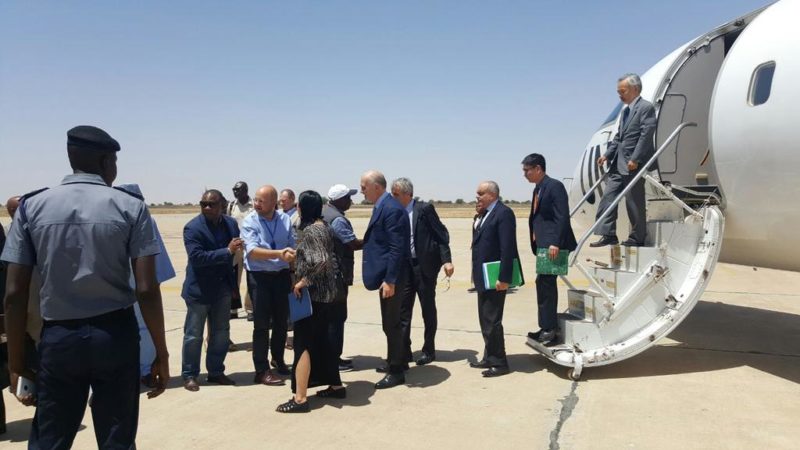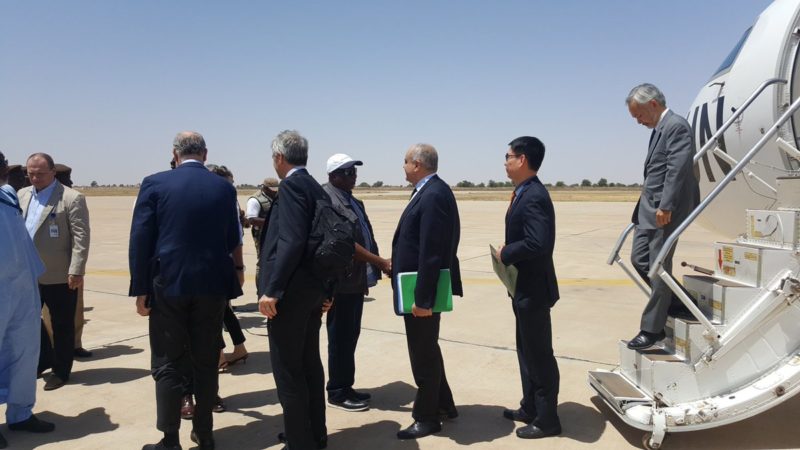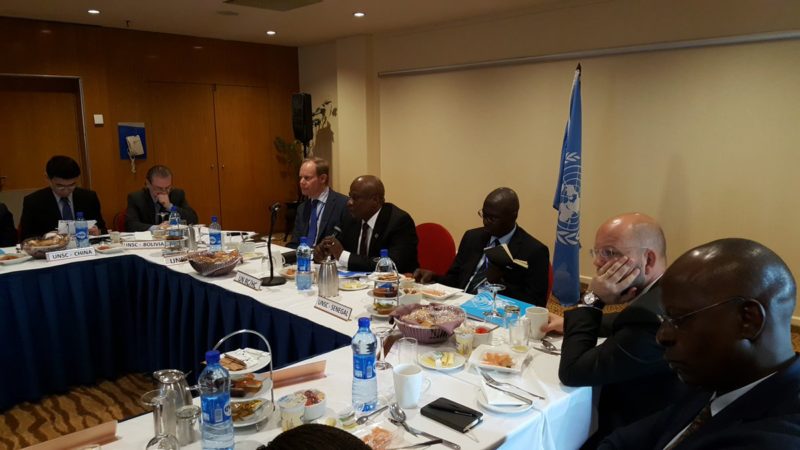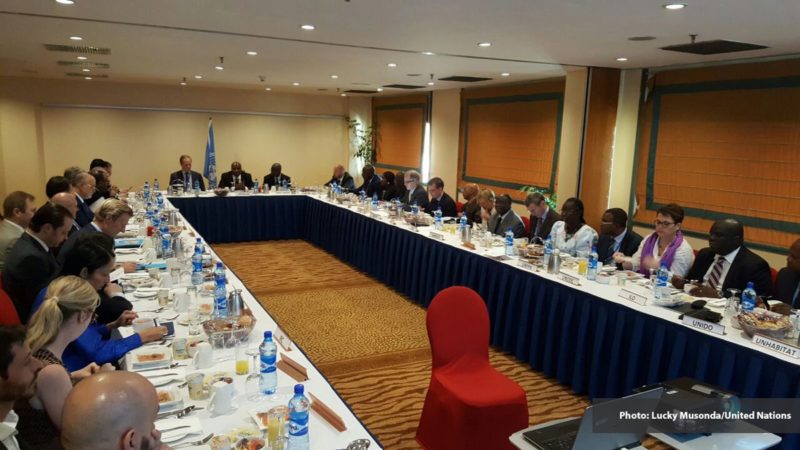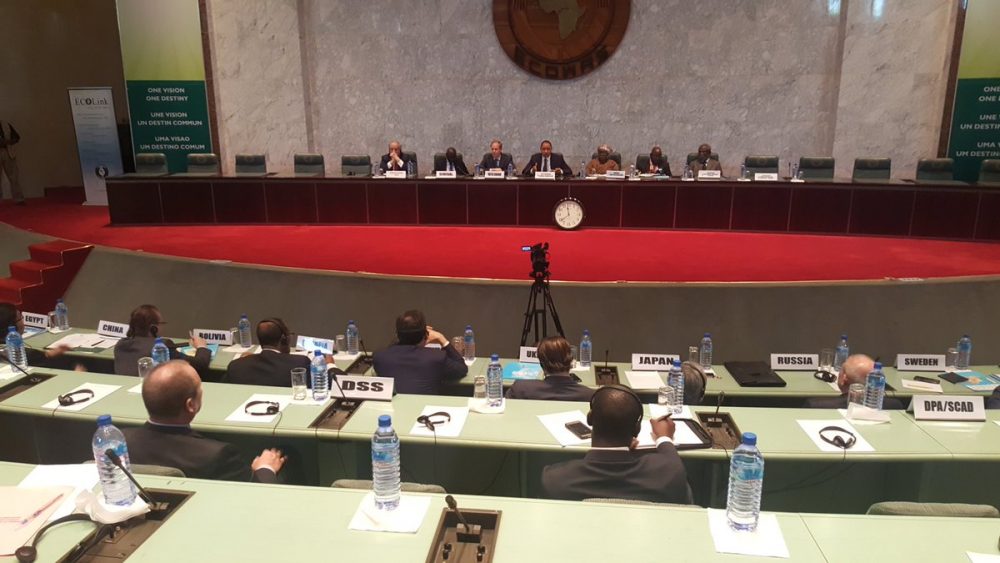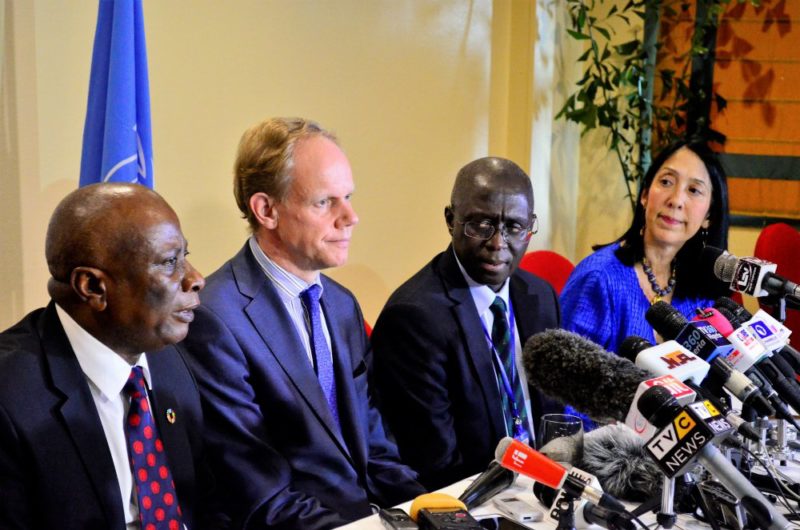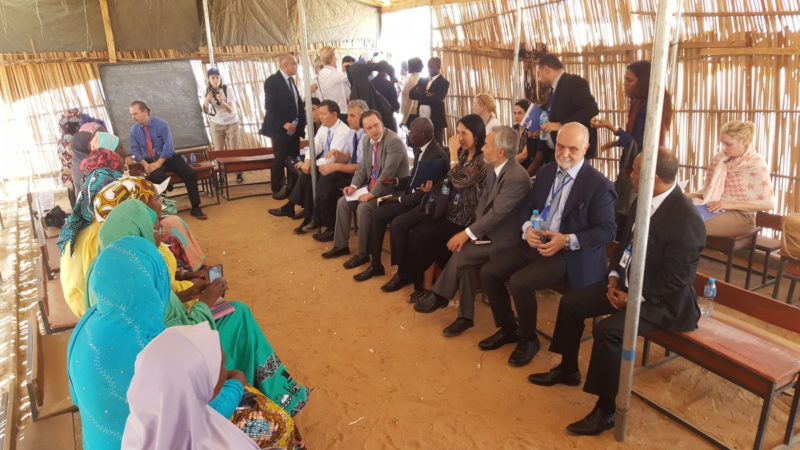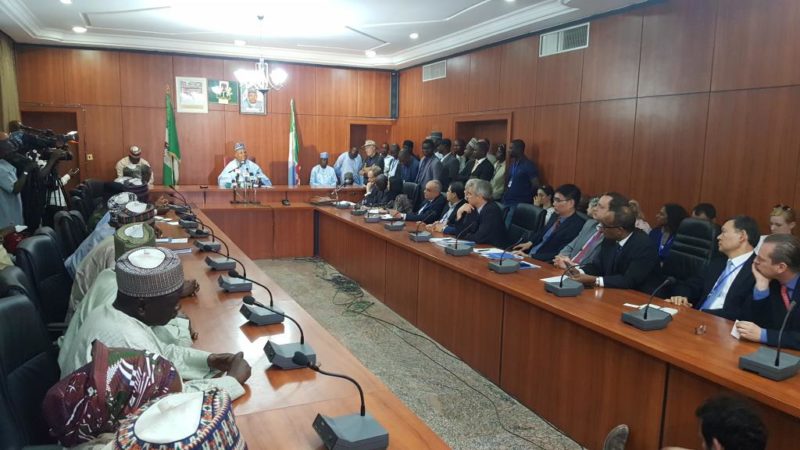How much damage can one snake do? If it’s the brown treesnake (Boiga irregularis), an invasive species on the West Pacific island of Guam, the answer is a lot.
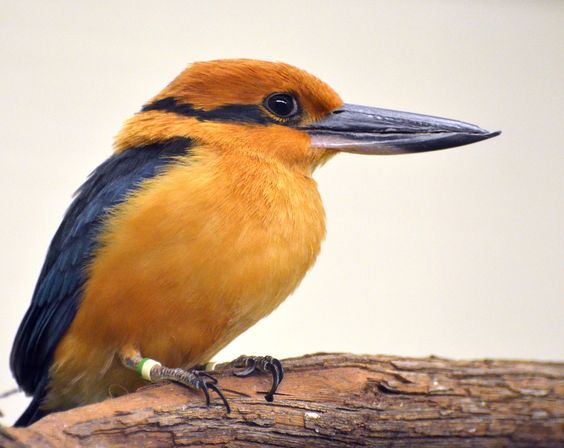
This snake likely arrived on Guam after World War II and has killed off almost all of the island’s forest bird species, making it a “poster child” for invasive animals. But a new study shows that its impact goes further: On Guam, birds are critical for eating and spreading seeds produced by tropical trees. Researchers have discovered that without these flying helpers, the growth of new trees on the island may have dropped by as much as 92% – with potentially far-ranging consequences for Guam’s forests.
Guam is a U.S. island territory in Micronesia, in the Western Pacific. It’s distinguished by tropical beaches, Chamorro villages and ancient latte-stone pillars.
The study will be published on Wednesday, March 8 2017 in Nature Communications. The findings suggest that the impacts of of invasive species like brown treesnakes on natural areas could be more subtle, and widespread, than many scientists think.
“This study takes the first step in predicting the scale of change that could take place on Guam if we can’t find a way to bring birds back,” says Joshua Tewksbury, a co-author of the study and Director of the Colorado Global Hub of Future Earth. “The full impact of the brown treesnake invasion, and the loss of birds, is still unfolding, but our results clearly suggest that the indirect effects are going to be large, potentially affecting forest composition and structure.”
Scientists suspect that the brown treesnake traveled to Guam onboard a cargo ship from Papua New Guinea in the 1940s. The nocturnal predator had a big appetite for birds. By the 1980s, the snake had wiped out 10 out of the 12 forest bird species native to Guam. They included the Guam rail (Gallirallus owstoni), Guam kingfisher (Todiramphus cinnamominus) and Guam flycatcher (Myiagra freycineti), which is now extinct globally.
You can tell the difference, says Haldre Rogers, an assistant professor at Iowa State University in Ames and lead author of the study. She’s spent time walking around forests on Guam and on the nearby Mariana Islands of Rota, Tinian and Saipan – where the snake never set up camp. “When you’re on Saipan, there’s this constant bird chatter, and you get visited by different birds. On Guam, it’s silent,” Rogers says. “It’s a really eerie feeling to spend a day by yourself in the jungle on Guam.”
She suspected that the differences might go beyond forest noise. To find out how the disappearance of birds had affected whole forests in Guam, Rogers and her colleagues ran a series of experiments. First, they tested how seed dispersal had changed on the island. Rogers explains that on Guam, about 70% of trees produce small fruit. Birds eat these morsels, fly to another spot in the forest and poop the seeds out. “Aside from fruit bats, which are also nearly extinct on Guam, nothing else can disperse seeds,” Rogers says. “If you get rid of the birds and bats, there’s nothing to replace them.”
So the researchers set out a series of “seed baskets,” or hula hoop-sized nets, throughout the forests of Guam and neighboring Rota, Tinian and Saipan. They then checked the baskets to see if they had captured seeds falling to the ground from two common tree species: Psychotria mariana and Premna serratifolia. And, they discovered, the loss of birds had made a dent in seed dispersal. On Guam, less than 10% of seeds made it out of the vicinity of their parent trees. In other words, fruit fell to the ground and stayed there. On the snake-free islands, 60% or more of seeds were scattered far away from their parents – the likely recipients of the delivery services of birds.
“On Guam, all of the seeds would just be in the traps beneath the parent trees,” Rogers says. “As soon as you got away from those trees, the traps would have zero seeds in them.”
In a second experiment, Rogers and her colleagues found that seeds that had passed through the digestive tracts of birds were two to four times more likely to germinate than seeds that hadn’t. That’s possibly because the birds’ digestive enzymes helped to break down the hard, outer coating of the seeds.
In all, the researchers calculated that the absence of birds reduced the abundance of new seedlings of the two species on Guam by 61% to 92%. This whopping loss shows how crucial birds are to the life of the island’s forests, Rogers says.
While the full fall-out from the absence of birds isn’t clear, she says that the findings show the potential of invasive species to rewire entire ecosystems. In some cases, invaders like the brown treesnake could have widespread impacts that are hard to spot if you’re not looking carefully. Rogers gives the example of feral cats, which have overrun many cities and natural areas around the world. Every year, outdoor domestic cats eat 1.3 to 4 billions birds in the United States alone, according to one study – but scientists don’t yet know the ecosystem-wide impacts of these losses.
“We often don’t know enough about the impact of invasive species. The brown treesnake is one of the poster children of invasive species, and we know it’s had this huge impact on bird communities, but the research stopped there,” Rogers says. “The lesson I take from this study is that before we accept non-native species as a part of an ecosystem, we have to understand the full range of their impact, including any cascading effects.”

